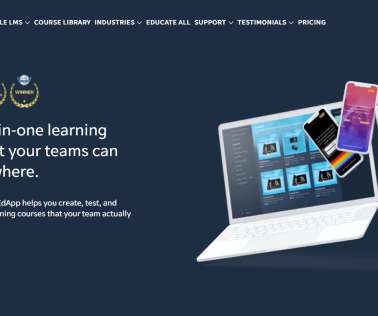Flash is Dead: Long Live HTML5 for eLearning
LearnUpon
NOVEMBER 7, 2017
Adobe Flash technology has helped support the delivery of online multimedia content for nearly two decades. Three popular eLearning formats are also largely dependent on Flash technology for their delivery medium: SCORM, Tin Can (xAPI), and video. Flash will be allowed to die in 2020 as Adobe ceases to support the standard.




















Let's personalize your content